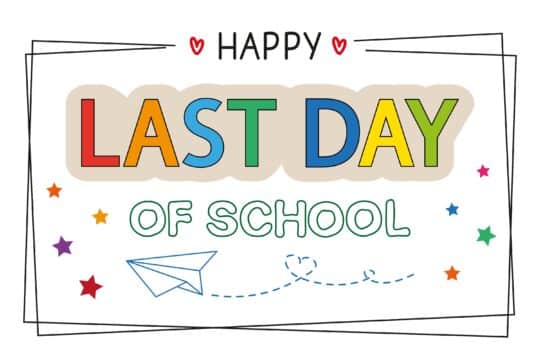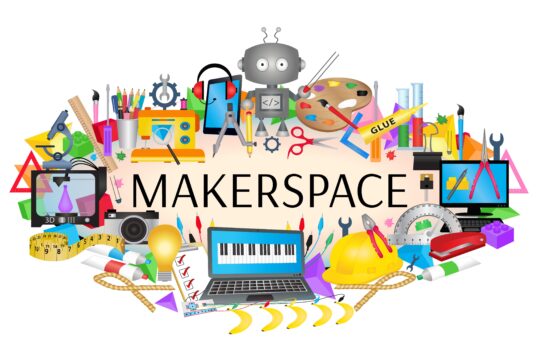What are Money Skills?
Money skills are basic skills that students need to learn to help them understand the concept of money values, how to count money, and how to solve real-world money problems. These skills are scaffolded beginning in first grade to teach basic money identification and then become more difficult as students progress. When students are in high school, they should be provided with a financial fitness class that gives them basic understanding and knowledge of setting up a bank account, savings, credit card debt, loan information and financing, credit score, and student loans.
Why is Teaching Money Skills Important?
Teaching money skills is important because students need to understand the value of money and how you can create the same amount of money using different coins and bills. This helps them to prepare for the real world and comprehend how much things cost and how to make change.
At the high school level, the knowledge of banking, credit cards, loan interest rates, financing, credit score, and student loans are crucial so that students understand what is at stake when making financial decisions. If we do not provide our students with this information, we are doing them a huge disservice and ultimately setting them up for failure.
In this era of technology and infinite access to knowledge, we should be able to prepare our students to be more financially savvy than any other generation. Many students see their families struggle to make it paycheck to paycheck, and our hope for them should be to break that cycle. If they are armed with knowledge to make better choices about school, loans, and jobs, then they can greatly reduce their debt and better manage their finances.
Other Benefits of Teaching Money Skills
Teaching money skills to younger students can bring the math curriculum to life and they can apply their skills to real-world word problems and activities. Word problems are a necessity in math, and money word problems are a great way to incorporate multi-step word problems. This also supports the reading curriculum because students must read closely to accurately identify the information they need to correctly solve the problem.
Some examples of engaging activities incorporating money skills from my own school are: planning a Thanksgiving meal and then calculating the cost of how much the meal would be based on current grocery prices, giving students local menus and a budget, and letting them choose what they would order, and then figuring out if they have enough money to pay for it, figuring up the cost of buying the ingredients for a recipe, and spending their PBIS money at the star cart. These activities increase student engagement and get students excited about learning how to practice their money skills.
As students get older, many of them work part-time jobs. Teaching money skills is also helpful for them as they embark on this journey. If they work as a cashier or a server, money skills are invaluable as they do these jobs. Many tools can be used to tell exactly what change should be given; however, if one of these tools is unavailable or out of order then students should be able to figure it out on their own.
Money skills also lead into more complex math skills such as percentages, which can help a server know how to calculate the amount of his or her tips. Young people often have to buy their own car, and having money skills will help them to make good decisions on this purchase. Again, knowledge of percentages and simple interest can assist these students as they begin young adulthood.
Managing money as students begin getting paid is also another skill that is needed. Many open bank accounts for the first time and need to be taught how to balance their accounts. Students also need to learn at an early age that when they see their parents use an ATM card that the money is coming from somewhere, and they need to understand the value of this money, not just that a card is swiped.
Role-playing these things when students are in elementary school can lead to a basic foundation for when they are in high school and really see it in action for themselves. It can also help them to appreciate their parents’ spending.
As you can see, teaching money skills is important at every level for multiple reasons.
There are a lot of online resources that teachers can access to assist in planning engaging lessons and activities for students in addition to their school’s math curriculum.
The most important thing to remember is to make it fun for the students!
Check out our lesson plans and writing prompts for more money skills activities to try with your students.




